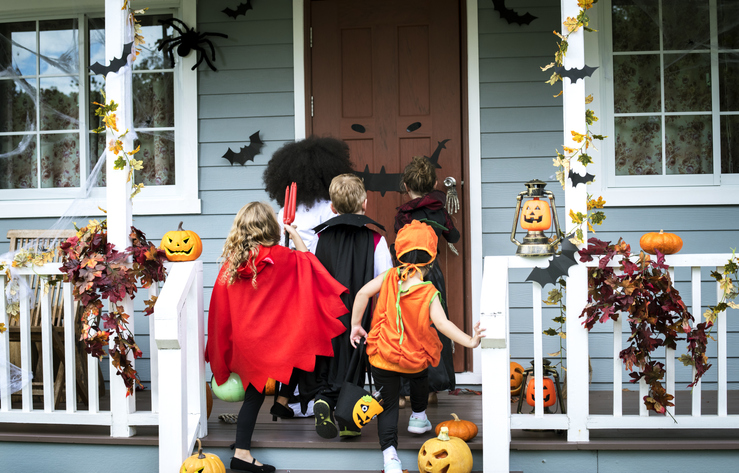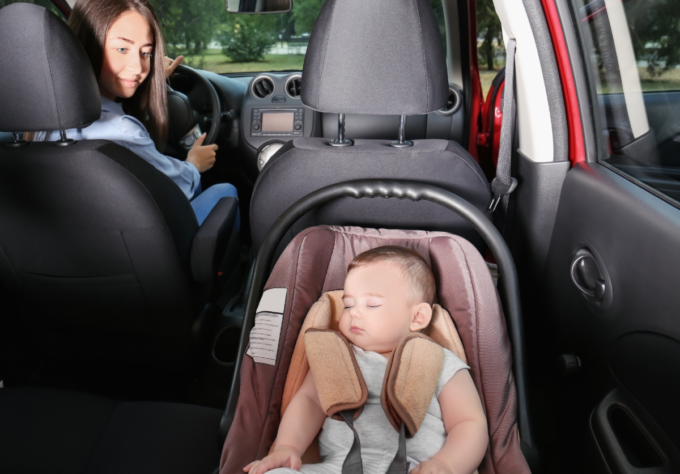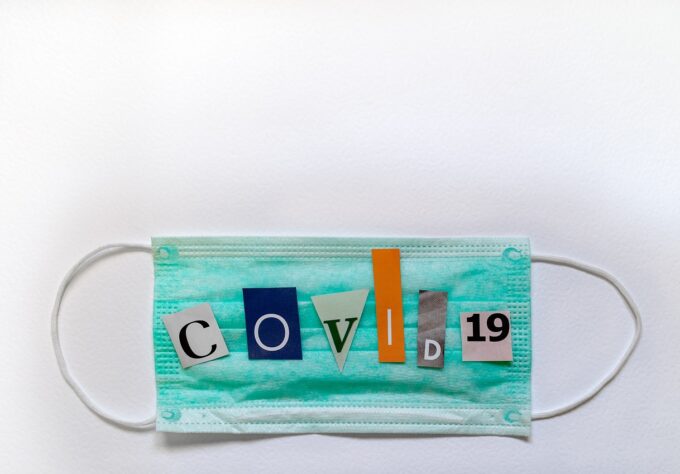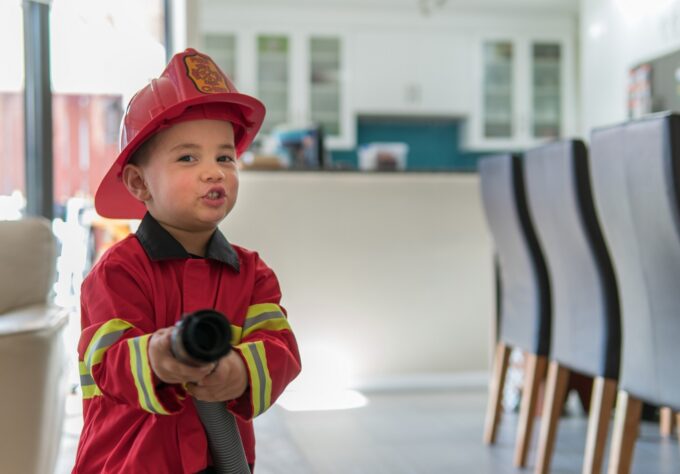October is here and kids are brewing up their Halloween costumes and getting excited for their spooky night out.
Whether your ghosts, superheroes, or fairies are trick-or-treating by your side or going door to door with friends, keep safety in mind so things go smoothly. Always follow your area’s COVID-19 guidelines. Kids should stay home if they’re sick with COVID-19 or any other illness.
Here’s six ways to help make the night a great one for kids of all ages.
Step 1: Keep Safety in Mind When Choosing Costumes
Trips and falls are a main safety concern on Halloween. Kids should wear costumes that are easy to move around in and that don’t obstruct their vision or impede walking or breathing. Tips to follow:
- Masks should fit correctly over the eyes so your child can see clearly.
- It’s best to avoid full facial masks, but if your child wears one, make holes around the mouth and nose to allow for normal breathing.
- Face paint can be a safe alternative to a mask. Choose nontoxic products to help prevent a rash, especially if your child has sensitive skin. Consider testing it on your child’s skin before trick-or-treating.
- Avoid costumes that make it hard to walk normally, like a mermaid costume that’s tight in the legs.
- If your child carries an object, make sure it’s not long enough to cause tripping.
- Choose costumes made from flame retardant materials.
- Kids should only wear contact lenses prescribed by a doctor. Novelty Halloween glasses may be a good alternative to decorative contact lenses, as long as your child can see clearly.

Step 2: Make Your Child Visible to Others
Ideas for making your child visible at night:
- Choose a light-colored costume.
- Add reflective tape to the costume.
- Attach a glow stick to the costume, or let kids wear them as a bracelets or necklaces.
- Kids can carry a flashlight or wear blinking lights.
- An alternative to nighttime trick-or-treating: Go out in the afternoon, before it gets dark.
Step 3: Plan Your Route
Before stepping out, have a plan of where you’re going and how you’ll get there. Avoid busy intersections, use crosswalks, and try to cross as few times as possible.
Kids should walk, not run, and wear well-fitting shoes rather than too-big costume shoes or high heels. Tell kids to:
- Walk on the sidewalk, and if there is not a sidewalk, walk as close to the side of the road as possible.
- Walk facing oncoming traffic, so you see the cars that are coming, and drivers can see you.
- Watch out for cars that are backing up or pulling out into traffic.
- Not run out into the street between two parked cars, which limits visibility.
Step 4: Teach Street Smarts
Kids should trick or treat with a trusted adult and stay with their group. Choose established neighborhoods if possible and stick to homes with lights on. Make sure your child knows not to go into anyone’s home or car.
When out and about, make sure everyone is looking where they’re going, not down at phones or taking pictures. Take photos at home before trick-or-treating or pose children out of the roadway.
Kids should know their address and parent’s phone number in case they get separated. Consider putting a hidden identification tag with a phone number inside the costume and make kids aware of it.
Step 5: Set Expectations for Independent Trick-or-Treaters
Teens and tweens craving independence may want to trick or treat with their friends and without an adult. If so, in addition to the previous safety tips, have kids:
- Carry a charged cellphone.
- Plan their route with parents so parents know it’s safe and where they’ll be. Kids should stick to the route.
- Pick a start and ending time and a pickup location. Let kids know you can get them early if needed.
Kids should go out with friends they feel comfortable with to help avoid uncomfortable situations. Explain rules and expectations ahead of time so everyone is on the same page and kids can have fun while staying safe.
Step 6: Prevent Bellyaches and Toothaches
To help avoid a stomachache, encourage kids to eat a healthy dinner before trick-or-treating and suggest eating candy in moderation.
Skip candy that could be a choking hazard for young children and tell kids to avoid candy wrappers that are not intact or candy that your child is allergic to.
You can also:
- Skip homemade treats unless they’re from a trusted acquaintance.
- Consider waiting to get home before letting kids eat candy so it can be inspected, and to avoid a potential choking risk of eating while walking in costume.
- Wash hands before eating and don’t forget to make sure kids brush their teeth.
By sticking to these safety tips, your kids can have a safe and spooktacular Halloween!



